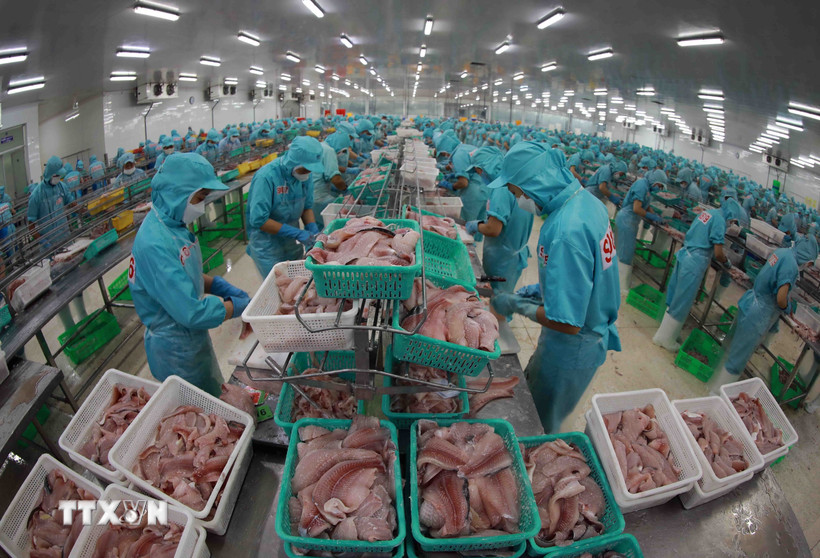HCMC – Trade between Vietnam and Singapore grew strongly in the first nine months of the year, reaching S$29.1 billion, up 25.5% year-on-year, according to data from Singapore’s Accounting and Corporate Regulatory Authority (ACRA).
Singapore’s exports to Vietnam totaled S$20.5 billion, an increase of 20.7%, while its imports from Vietnam rose 38.3% to S$8.6 billion. Vietnam maintained its position as Singapore’s 10th largest trading partner, reported the Vietnam News Agency.
In September alone, bilateral trade amounted to S$3.2 billion, up 46.7% compared to the same period last year. Singapore’s exports to Vietnam reached S$2.2 billion, while imports from Vietnam surged 49.9% to S$1 billion.
Machinery, electrical equipment, and parts (HS 85) and mineral fuels and petroleum products (HS 27) remained Singapore’s top two export categories to Vietnam, with a combined value of S$14 billion, accounting for 68.4% of total exports.
Exports of HS 85 goods increased 28.4% to S$10.8 billion, while HS 27 exports rose 26.7% to S$3.2 billion. Around 97% of HS 85 exports were re-exports, while 99% of HS 27 exports were produced domestically in Singapore.
Other major exports included mechanical machinery (HS 84) worth S$1.6 billion, plastics (HS 39) at S$768.7 million, and cosmetics and hygiene products (HS 33) at S$438.6 million.
On the import side, HS 85 goods were also Singapore’s largest import category from Vietnam, totaling nearly S$4.4 billion, up 85.7% year-on-year and accounting for more than half of Singapore’s imports from Vietnam.
Mechanical equipment (HS 84) ranked second at S$2.1 billion, up 73.6%, followed by glass and glassware (HS 70) at S$627 million, up 4.3%.
Among the top 15 import categories, only three saw growth: seafood (HS 03), up 14.5% to S$88.6 million; optical and medical instruments (HS 90), up 31.2% to S$86 million; and beverages (HS 22), up 25.7% to S$25.7 million.
Vietnam’s Trade Counselor in Singapore, Cao Xuan Thang, said businesses should strengthen trade promotion and participate in exhibitions to expand their market presence. He added that Vietnamese firms need to improve product design and upgrade technology to maintain quality, reduce costs, and enhance competitiveness.









